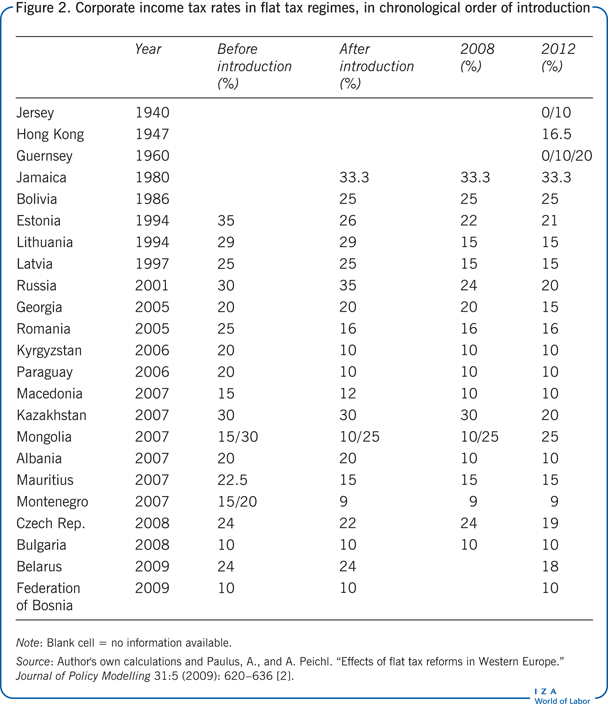

The rationale is that by simplifying the tax code – and making the single rate sufficiently low – you save people and businesses time and money, drive up compliance rates by reducing the incentive for tax evasion or avoidance and stimulate the economy by increasing the incentives for extra effort and risk-taking. A simple flattening of income-tax rates alone does redistribute towards those with high incomes, but if NI contribution rates are also flattened, it tilts the reform in favour of lower earners. According to economic modelling by the Institute for Fiscal Studies – examining four potential flat-tax structures for the UK, all of them intended to be revenue-neutral – some versions of a flat tax would in fact be progressive, in the sense of favouring lower earners.

Thus the tax remains progressive at lower rates of income and tax, but becomes close to proportional at higher incomes (ie, as the exempt amount becomes a steadily smaller share of the total income). Most models do include an exempted amount of income and sometimes a significantly increased personal allowance.


 0 kommentar(er)
0 kommentar(er)
